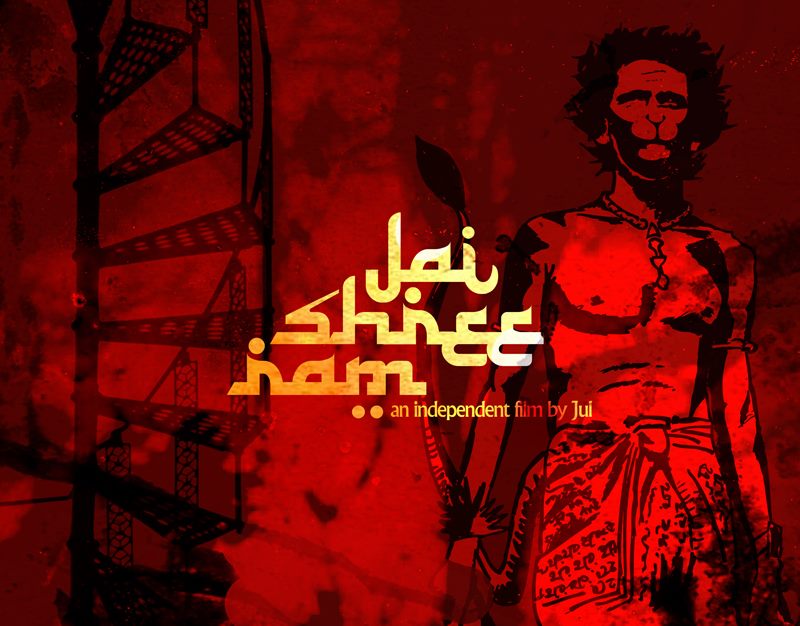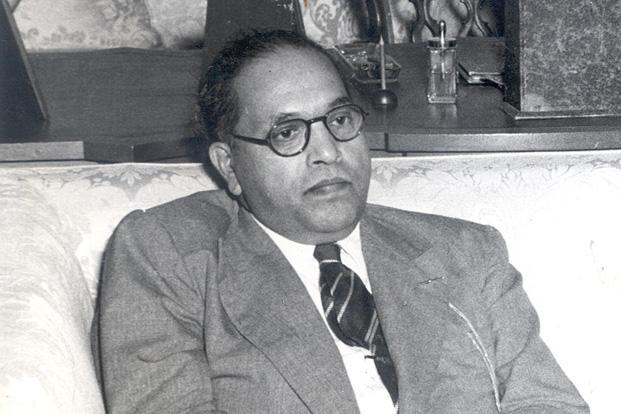
No Justice Delivery, India’s forgotten Safai Karmacharis have started a protest yatra that is traversing 500 districts in 30 states
Does a Supreme Court judgement ensure that the fundamental rights of Indians who die while cleaning for a living will be protected? No say India’s Manual Scavengers who die in filth, cleaning our dirt, despite a judgement passed to ensure that a law enacted in 1991 (and revised and re-enacted in 2013) is actually implemented. Over 1327 persons lost their lives in the year since the Supreme Court judgement and less than three per cent received any compensation.
On March 27, 2014, the Supreme Court passed a judgement — twelve years after a public interest litigation (PIL) was filed by the Safai Karmachari Andolan— and issued specific directions to prevent and control this illegal practice as also to prosecute the offenders. The Judgement can be read here.
Despite the judgement of the Supreme Court that directs that such deaths in sewer holes and septic tanks should be stopped immediately,19 months after the judgement, deaths have continued to occur, with impunity, in sewer holes across the country. The Safai Karamchari Andolan has reported 1327 sewer and septic tank deaths in the period since the judgement was passed in March 2014. Less than three percent have received compensation.
In December this year, faced with this reality, India’s safai karmacharis have been forced to resort to the streets to protest. A country wide yatra, the Bhim Yatra is a journey of pain and anguish, to tell the country and the government to ‘STOP KILLING US (the manual scavengers)’ in dry latrines, sewers and septic tanks. The Bhim Yatra will criss-cross across the country for 125 days passing through 500 districts in 30 states. It began its journey on International Human Rights day from Delhi on December 10, 2015 and will end back in the capital, on April 13, 2016. This is the eve of the 125th birth centenary of Dr. B.R. Ambedkar (April 14, 2016).
Days after the Yatra began, tragic deaths of such workers, all migrants to Bengaluru, were reported. All three had died after descending into a sewage treatment plant in a residential apartment complex in Bengaluru’s Electronic City area. Ranjan (32) was from Odisha, Jagadish Kumar (28) from KR Nagar in Mysuru, and Mahesh (30) from Nepal (December 16, 2015). On October 25, 2013, two workers from Bihar died in the Peenya industrial area in Bengalaru.[1] Tamil Nadu reported 150 deaths due to this practice [2]. The Madras High Court is now reportedly monitoring the implementation of manual scavenging laws in the state. "In our view, it is necessary to take expeditious steps to implement the provisions of the Prohibition of Employment as Manual Scavengers & Their Rehabilitation Act, 2013, coupled with the directions of the Supreme Court in letter and spirit promptly," the Court has said on a petition filed PIL filed by Change India director A Narayanan in June 2015.
According to the report in Indiaspend.org, “While the (railway) ministry denies employing manual scavengers officially, the affidavits it has submitted in the court in the past nine years suggest that barring a few trains, the railways does not employ any technology to keep its 80,000 toilets and 115,000 kilometres of tracks clean,” according to Down To Earth magazine.
On November 18, 2015, Indiaspend.org reported how the state in India was the biggest offender. The report said that “Maharashtra has more than 63,000 households dependent on manual scavenging, followed by Madhya Pradesh, Uttar Pradesh, Tripura and Karnataka, according to a question answered by Minister of State for Social Justice and Empowerment Vijay Sampla in the Lok Sabha.” [3] In September 2015, the Delhi High court ordered a survey in the capital to determine the extent of manual scavenging. The Ministry of Railways told the court that manual scavenging cannot be completely eradicated until stations get washable aprons and sealed toilet systems. According to the report in Indiaspend.org, “While the (railway) ministry denies employing manual scavengers officially, the affidavits it has submitted in the court in the past nine years suggest that barring a few trains, the railways does not employ any technology to keep its 80,000 toilets and 115,000 kilometres of tracks clean,” according to Down To Earth magazine.
Hence the Bhim Yatra
Since 1982, there has been a strong movement against this violence and discrimination. The movement was a demand for the demolition of the dry latrines that are the visible structures of an inhuman caste system and its link with this de-humanising occupation.
In 1993 the Indian Parliament passed the “The Employment of Manual Scavengers and Construction of Dry Latrines (prohibition) Act 1993, with imprisonment for up to one year and/or a fine of Rs 2,000. This law has never been effectively implemented and no convictions have taken place under this law during the first 20 years it was in force. The government has given many false assurances but not in any way worked actively to stop this practice.
It was the Safai karmachari Andolan that consistently exposed the hypocrisy of the government surveys and schemes. In year 2000 when the government counted only 679,000 manual scavengers, the movement came out with documented figures of 1.3 million, that too from a survey randomly conducted in states and districts. There is a long list of dates when India’s Prime Minister (s) and chief ministers (of various states) have made token statements of setting deadlines to end this illegal and de-humansing practice : 1995, then 2000, then 2003, then 2005, then 2010, and then 2012. But, nothing has changed.
Finally, in 2003, the Safar Karmachari Andolan filed the Public Interest Litigation in the Supreme Court. There was an ironic pattern to the government responses before the Court. First, a total denial of existence of manual scavenging, next a partial admission when the petitioners produced photographic evidence and finally, faking a compliance by dubiously destroying (dry latrines) only in those places, presented by the petitioners in their evidence in Court.
It was in 2007, with the solidarity and support of many citizens groups and public leaders, that the Andolan launched the Action 2010 campaign to end manual scavenging by December 2010. Still, nothing moved. So the Andolan started out on the historical bus yatra in October 2010. This Samajik Parivartan Yatra which was the first of its kind, and journeyed through the entire country. Many Women and men were able to come free from this practice of manual scavenging. The women in the yatra had taken to the stage and their powerful speeches had shaken the conscience of the country, somewhat.
Then there were a series of more protests and actions. The demands included the implementation of the 1993 Act and a rehabilitation package. The National Advisory Council (NAC) of the last government passed a resolution on 23 October 2010, vowing to end manual scavenging by March 31, 2012. Following further mobilisations with the central government, the Ministry of Social justice and Empowerment convened the national consultation on January 24-25, 2011 which resulted in the setting up of four task forces – to review the act, conduct a national survey, revise the rehabilitation package and sanitation solutions. The President of India in her speech to the Parliament at the start of the budget session, in March 2012 announced the draft for a new bill for prohibition of manual scavenging. The Government of India finally passed the new ‘Prohibition of Employment as Manual Scavengers and their Rehabilitation Act 2013’ in September 2013 and issued Government notification in December 2013.
It was after 12 long years, the Supreme Court passed the Judgment order on March 27, 2014 on the writ petition (civil) no. 583 of 2003, Safai Karamchari Andolan & Ors Versus Union of India & Ors., directing all the State Governments and the Union Territories to
- fully implement and take appropriate action for non-implementation as well as violation of the provisions contained in the 2013 Act,
- to prevent deaths in sewer holes and septic tanks and make the manual cleaning of sewers and septic tanks a crime even in emergency situations and
- to give compensation of Rs.10 lakhs to families of all persons who have died in manholes and septic tanks since 1993.
The government has been negligent in implementing the Prohibition of Employment of Manual Scavengers and their Rehabilitation Act 2013 and in following, and implementing, the Supreme Court order. It is the experience of the protesting groups that, when deaths do occur, FIRs (First Information Reports of the crime) are rarely ever filed. Only after heavy pressure and agitation, if FIRs are filed, deaths are recorded “due to negligence” and never under the Manual Scavenging Prohibition Act and SC/ST Prevention of Atrocities Act (which have severe punitive measures). This blatant violation of the law is sucking away at the lives of the safai karamcharis, who die in sewers and septic tanks. It is extremely disturbing that these deaths which are not decreasing, possibly increasing, are treated with such callousness by the government.
Indian Parliament held a discussion on the country’s "Commitment to the Constitution" to mark the 125 birth centenary of Dr. B.R. Ambedkar. To give real meaning to this celebration would be to protect the Constitutional rights of the Manual Scavengers. The Bhim Yatra, say the organisers, "is a journey to protest this intolerance, this violence and discrimination against this forgotten section of our society. It is a cry for the Constitutional and Fundamental rights of Manual Scavengers." The Bhim Yatra will simultaneously spread Ambedkar’s ideas of social justice, liberty, equality and fraternity while proclaiming his war cry ‘educate, organise and agitate’.

.png)




